Below is a list of Spring 2025 errors. If you notice any errors, please let us know by email at mateseminars.dc@gmail.com.
Group and Health Design & Pricing study materials
The practice problem set dates were not properly updated. The year 2022 should have been 2023. This issue impacted the following problems 1, 11, 21, 23, 27, 29, 32, 55, and 56. All of the answers were “correct” assuming 2022 is changed to 2023. Reach out to Dustin if you need an updated copy of these problems. I apologize for any inconvenience.
Group and Health Valuation & Regulation – US study materials
There are currently no errata for these materials
Group and Health Valuation & Regulation – Canada study materials
There are currently no errata for these materials
Group and Health Risk Mitigation study materials
There are currently no errata for these materials
